Tucked within the charming canals and cobblestoned streets of Amsterdam lies a haunting history that has forever shaped the city’s identity. For those seeking to uncover the poignant tales of World War II, a cycling tour offers a unique opportunity to explore the very sites that bore witness to the occupation. Led by retired historians, this immersive experience delves into the Jewish experience, acts of resistance, and the lasting scars that continue to be felt today. With a small group size and guided insights, cyclists embark on a journey that not only illuminates the past but also leaves them deeply reflective about the enduring resilience of the human spirit.
Good To Know
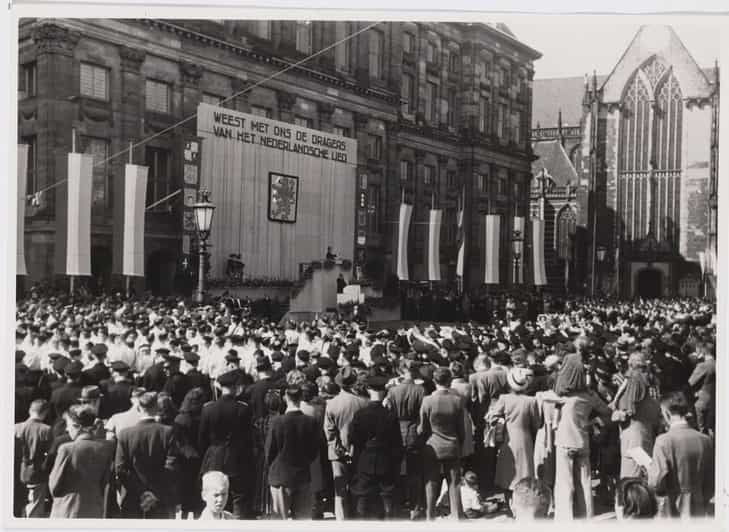
- This 3-hour cycling tour focuses on exploring World War II landmarks in Amsterdam, highlighting the Jewish experience during German occupation.
- Led by retired historians, the tour provides an educational and immersive experience, including visits to sites like Victorieplein, the Frank family home, and Gestapo headquarters.
- Participants can learn about key historical events, such as the Nazi raid on Victorieplein, the Frank family’s hiding, and acts of resistance by individuals like Lex van Weren.
- The tour emphasizes the profound human toll of the Nazi regime in Amsterdam, with opportunities to reflect on the bravery and resilience of the Dutch people.
- The cycling format allows for a personalized and interactive exploration of the city’s WWII history, with small group sizes and comfortable bike rentals.
Tour Overview and Pricing
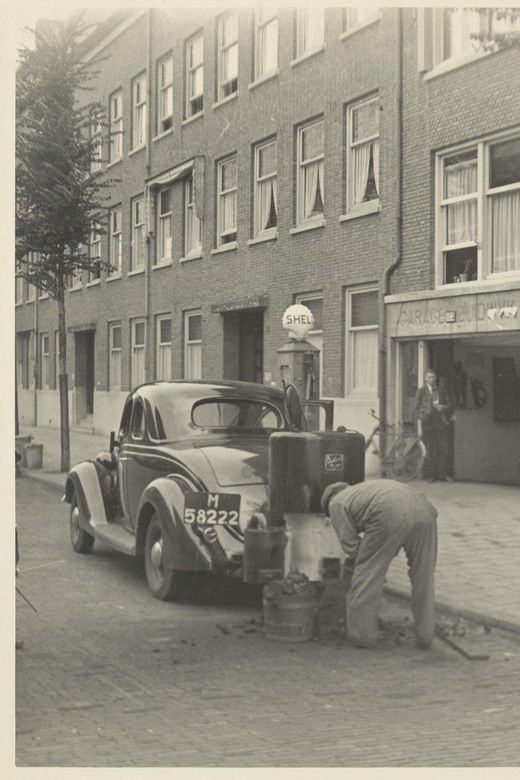
The tour offers a 3-hour cycling experience that delves into the significant World War II landmarks and stories across Amsterdam.
Priced from $43.75 per person, it provides free cancellation up to 24 hours in advance and the option to reserve now and pay later.
Highlighting the city’s Jewish experience during the German occupation, the tour covers key locations like Victorieplein, the Frank family’s former home, and sites of Gestapo activity.
Led by retired historians, the small group tour includes bicycle rentals and a guided bike ride, ensuring an immersive and educational exploration of Amsterdam’s wartime history.
Enjoy cycling? More Amsterdam bike tours we've covered
Historical Significance of Key Locations
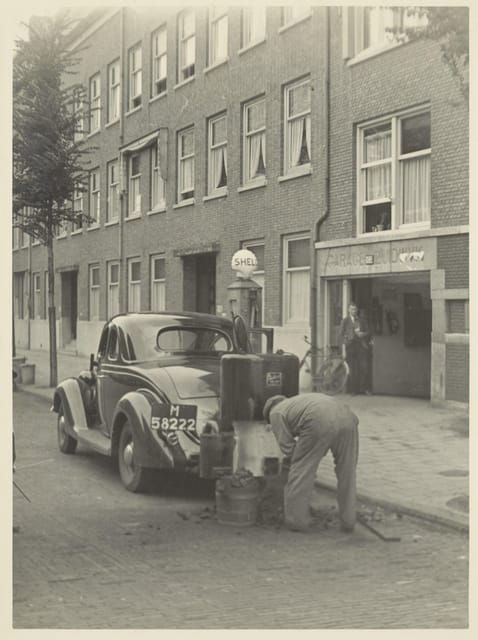
Visitors on this cycling tour will explore Amsterdam’s World War II history, particularly the impact on the city’s Jewish community.
Key locations include the Victorieplein, site of a major Nazi raid in 1943; the Merwedeplein 37-II, the former home of the Frank family before their hiding; and the Waalstraat 48, where Lex van Weren lived and survived Auschwitz.
The tour also visits the C. Troostplein, a meeting place for Gestapo officials, and the Museumplein, which was transformed into a German stronghold and visited by Heinrich Himmler in 1941.
Through these carefully curated stops, the tour provides a poignant and insightful look into Amsterdam’s wartime experiences.
Experiencing the Tour
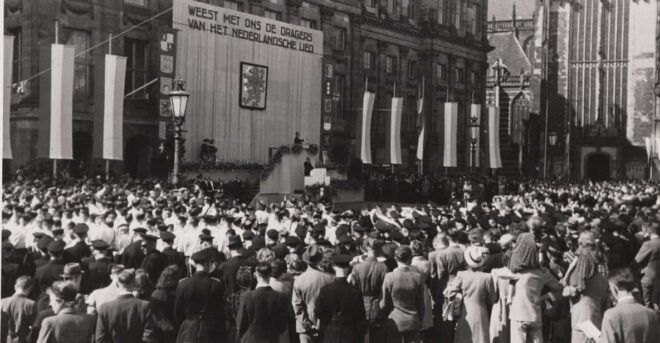
This small group cycling tour is led by three retired historians who are passionate about Amsterdam’s World War II history. They guide participants through the city’s significant locations, bringing the past to life. The tour includes a visit to a local bike rental shop, ensuring a comfortable ride. Highlights of the experience include seeing execution sites, resistance safe houses, and the sites of battles between the Dutch and German forces. With a focus on the Jewish experience, the tour provides a poignant and immersive exploration of this pivotal period in Amsterdam’s history.
| Tour Features | Description |
|---|---|
| Group Size | Small |
| Tour Guides | Three retired historians |
| Bike Rental | Included before the tour starts |
| Key Highlights | Execution sites, resistance safe houses, battle locations |
| Historical Focus | Jewish experience during German occupation |
Visiting Victorieplein
On the tour, participants venture to Victorieplein, the site of a harrowing Nazi raid on June 20, 1943. The guide recounts the events of that fateful day, when German soldiers stormed the square, rounding up Jewish residents and those in hiding.
Bullet holes and scars on the buildings serve as a somber reminder of the violence that unfolded. Visitors reflect on the bravery and resilience of the Dutch resistance, who fought tirelessly against the occupation.
As they stand in the square, the weight of history hangs palpably in the air, a poignant testament to the suffering and sacrifice endured by the people of Amsterdam during the war.
More Great Thing To Do NearbyExploring the Frank Family’s Home
Next, the tour ventures to Merwedeplein 37-II, the former home of the Frank family before they went into hiding. This modest apartment is where Anne Frank, her parents Otto and Edith, and sister Margot lived until they were forced to flee the Nazis in 1942.
Standing outside the building, the guide recounts the family’s harrowing story, describing how they hid for over two years in the secret annex behind Otto Frank’s office before their betrayal and arrest.
Visitors can’t help but feel the weight of history as they imagine the fear and uncertainty the Franks must have faced, trapped in their cramped hideaway. It’s a somber reminder of the profound human toll of the Nazi occupation.
Lex Van Weren’s Lift
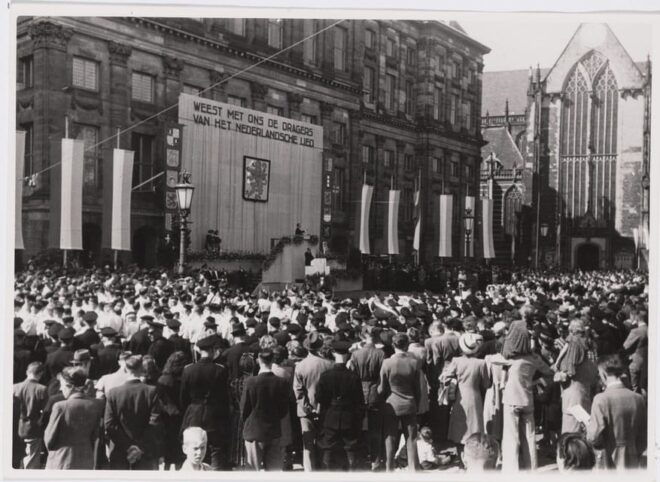
From the Frank family’s former home, the tour group pedals onward to Waalstraat 48, the site of Lex van Weren‘s lift.
Lex van Weren was a Dutch resistance member who helped Jews escape the Nazis. His lift, located at this address, served as a hiding place and escape route.
Visitors learn about the daring acts of resistance that took place here, as Lex risked his life to spirit people to safety. The tour guide shares Lex’s remarkable story, highlighting his bravery and the high stakes he faced in defying the German occupation.
This poignant stop underscores the incredible courage of those who resisted the Nazis during this dark chapter of history.
Gestapo Headquarters at C. Troostplein
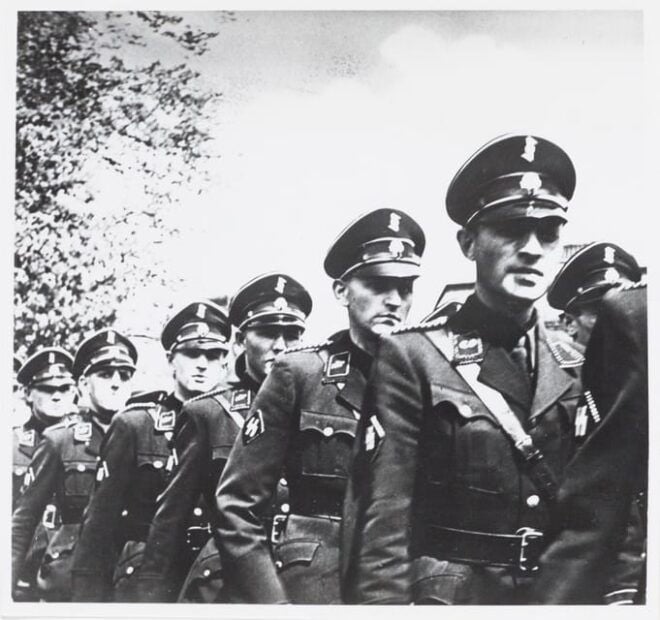
The group pedals on to C. Troostplein, a significant site during the German occupation. This square was home to the Gestapo headquarters, the fearsome secret police force that terrorized the city.
During their reign of terror, the Gestapo would hold meetings with Heinrich Himmler, the SS leader, to coordinate their repressive tactics against the Dutch resistance.
The square also witnessed dramatic events, like the confrontation between Gestapo chief Rauter and the resistance, which led to a deadly shootout.
Though the building no longer stands, the square remains a somber reminder of the dark chapter in Amsterdam’s history, forever linked to the brutality of the Nazi regime.
Museumplein’s German Stronghold
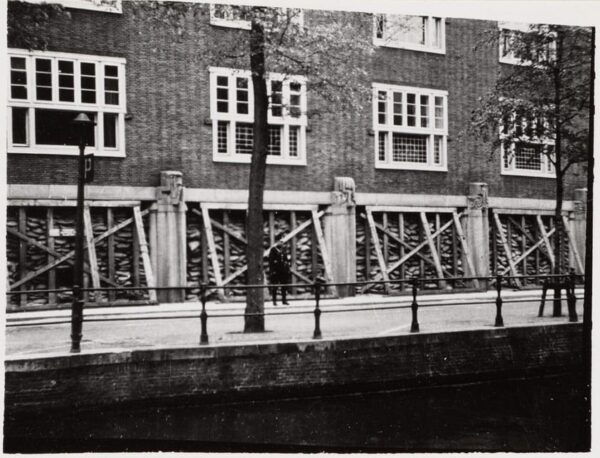
On the Museumplein, the vast public square became a German stronghold during the occupation.
Transformed into a military staging ground, the area saw frequent visits from high-ranking Nazi officials like Heinrich Himmler in 1941. Soldiers patrolled the square, and the nearby buildings were commandeered for German use.
The square’s central location and spaciousness made it an ideal location for the Nazis to consolidate their control over the city.
Today, visitors can stand in the Museumplein and imagine the scene as it was during the war – a stark reminder of the occupation’s impact on Amsterdam’s landscape and its people.
Frequently Asked Questions
Are Electric Bikes Available for the Tour?
The tour offers both traditional bicycles and electric bikes for participants. Guests can choose the bike option that best suits their needs and preferences, allowing them to comfortably explore the historic World War II sites.
Can the Tour Accommodate Non-English Speakers?
The tour can accommodate non-English speakers, as it’s conducted by multilingual guides who can provide translations and ensure all participants fully understand the historical details and significance of the sites visited during the 3-hour cycling experience.
What Is the Group Size for This Tour?
The tour has small group sizes, led by three retired historians. According to the information provided, the tour experience highlights that the groups are small, allowing for a more personalized and engaging exploration of the WWII sites in Amsterdam.
Does the Tour Include Any Museum Admissions?
The tour doesn’t include any museum admissions. It focuses on outdoor locations related to World War II history, with a guided bike tour and visits to significant sites like execution spots and resistance safe houses.
Is There an Option for a Private Tour?
The tour doesn’t offer a private option, but it’s a small group experience led by knowledgeable guides. Participants can explore the significant WWII sites in Amsterdam at their own pace during the 3-hour cycling tour.
The Sum Up
This cycling tour offers a poignant and immersive exploration of Amsterdam’s World War II history. Guided by retired historians, participants visit key sites that illuminate the Jewish experience under Nazi occupation, as well as acts of bravery and resistance. Through this unique experience, cyclists gain a deeper understanding of the city’s wartime past, leaving with a newfound appreciation for its resilience.
You can check if your dates are available here:More Bike Tours in Amsterdam
- Amsterdam Bike Food Tour with Private Guide
- Private Half-Day Amsterdam Market Tour by Bike
- Amsterdam: 1/3-Hour or Full-Day Bike Rental with Lock
- Amsterdam: Anne Frank and Jewish History E-Bike Tour
- Amsterdam:: Bike Rental with Free Self-Guided Tour App
- Amsterdam bike tour with a French-speaking guide local!
More Tour Reviews in Amsterdam
Looking for something different? Other Amsterdam activities we've written about
- Bruges Day trip from Amsterdam
- Cross Into Belgium from Amsterdam: Unique Border Day Trip!
- From Amsterdam: Day Trip to Formula 1 Belgium Grand Prix
- From Amsterdam: Cologne & Antwerp Full-Day Tour
- From Amsterdam: Private Tour to Bruges with Guide
- From Amsterdam: Private Day Trip to Bruges
- From Amsterdam: Private Sightseeing Tour to Bruges
- Amsterdam Aperol Spritz Cruise
- Amsterdam Sightseeing Canal Cruise with Audio Guide
- 5 Hours Private Tulip Experience at Keukenhof Gardens
- Amsterdam Self-Guided Food Walk: City Bite Tours
- Private Zaanse Schans and Volendam Tour from Amsterdam
